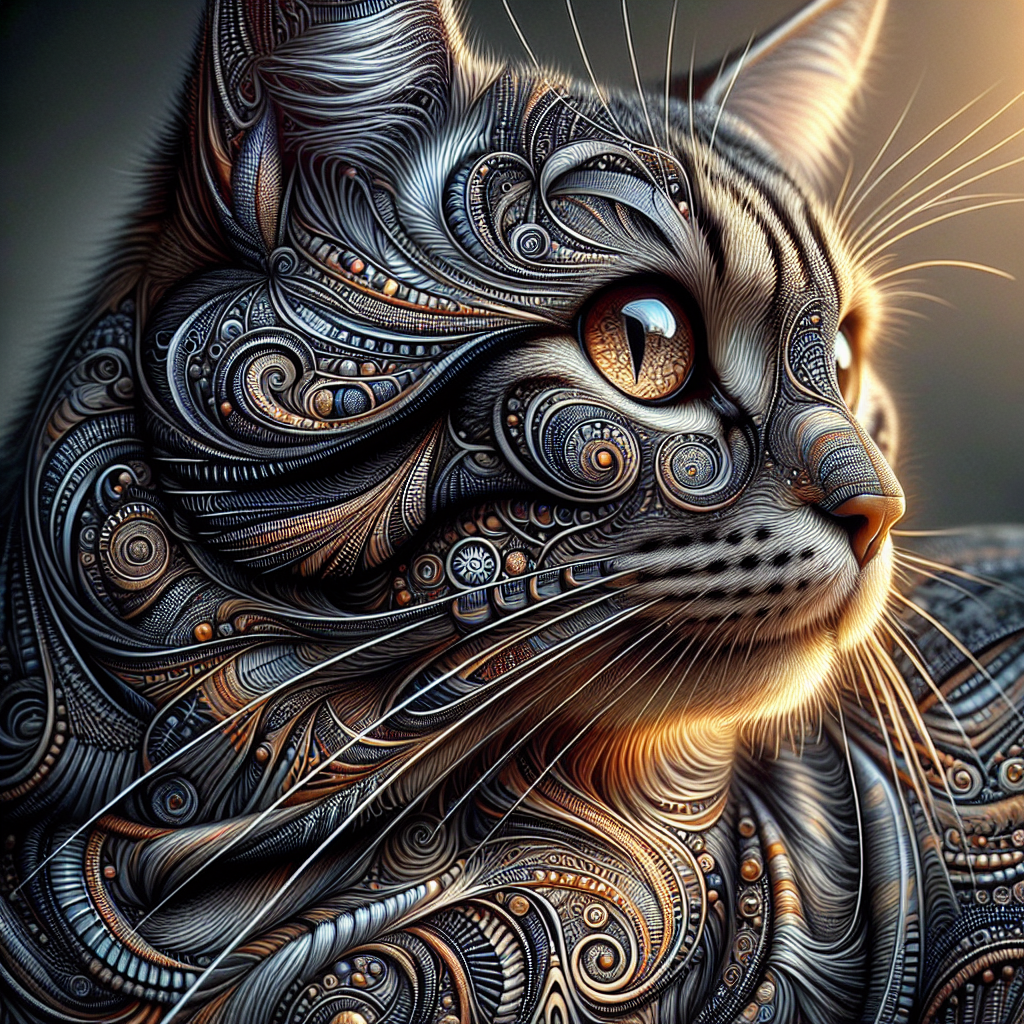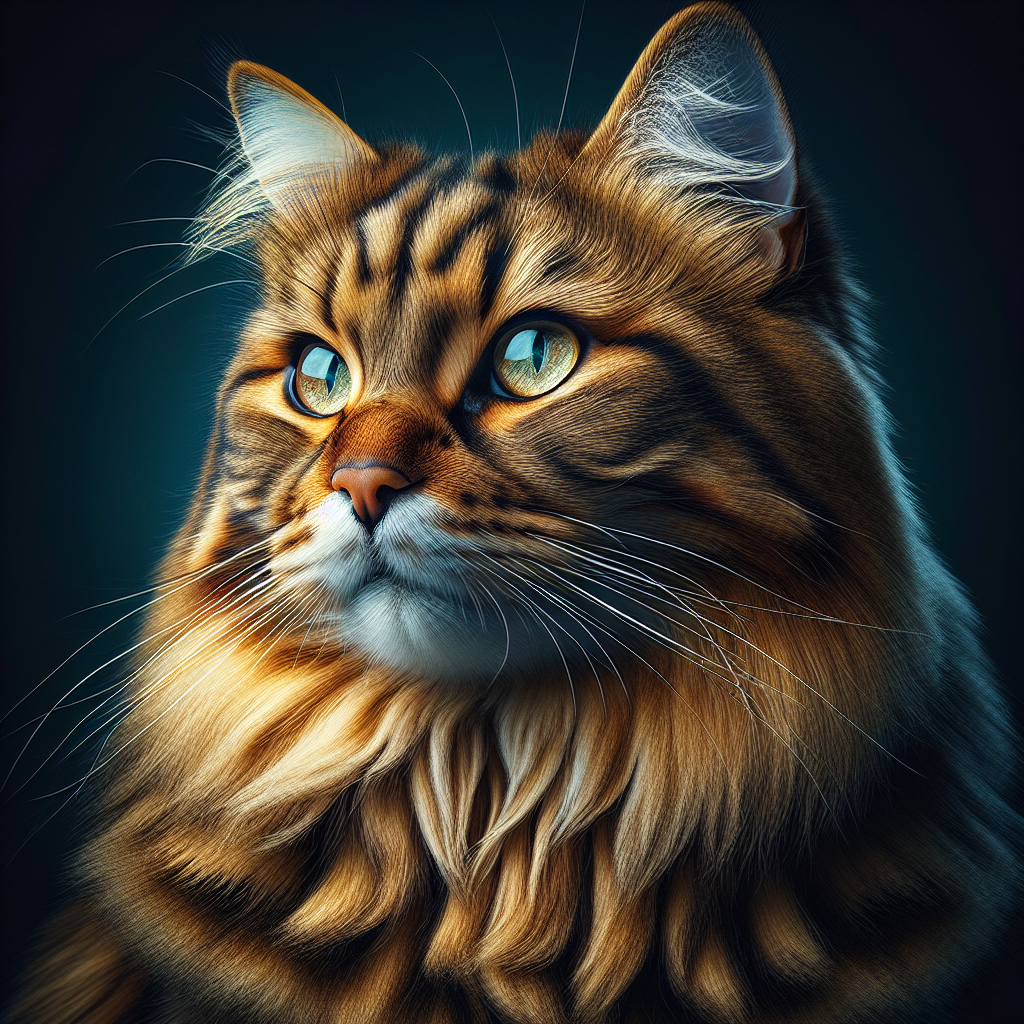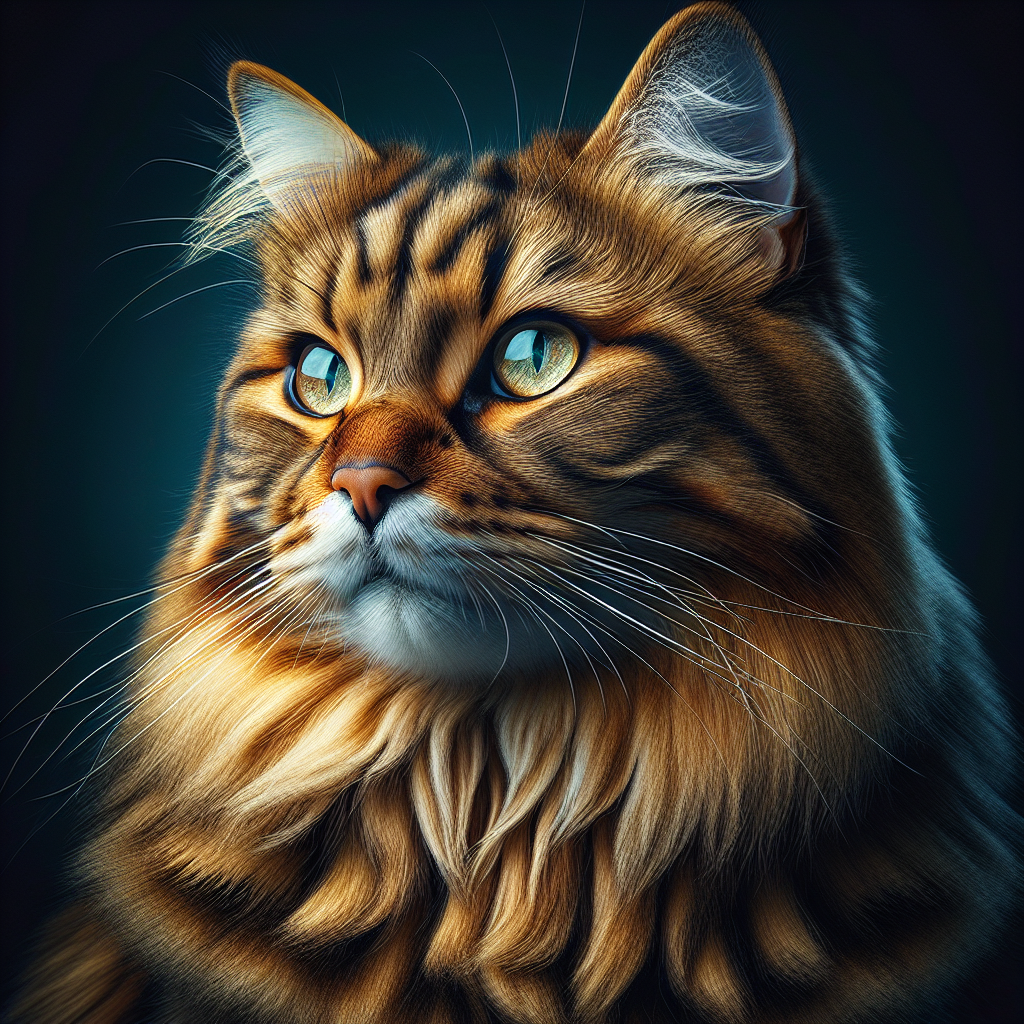Have you ever wondered why a cat is called a tabby? In this fascinating article, we will explore the origins of the term ‘tabby’ in reference to cats, uncovering the intriguing history behind this commonly used name for our feline friends. From its early roots to its modern-day usage, you’ll discover the surprising connections between tabby cats and their distinctive coat patterns. Join us on this journey as we unravel the mysteries and stories that have shaped the term ‘tabby’ throughout the years.

Origins of the Term ‘Tabby’
Tabby is a term that has various meanings and origins, ranging from a type of fabric to a pattern and even a generic term for a cat. In order to understand the full history and significance of the term ‘tabby’, it is essential to delve into each aspect individually.
Early Etymology
The etymology of the term ‘tabby’ can be traced back to Latin and Arabic roots. In Latin, the word ‘attabi’ referred to a type of watered silk, while the Arabic word ‘attabiya’ denoted a rich, watered silk fabric. These linguistic origins highlight the association of the term with textiles and luxurious materials.
Tabby as a Fabric
Tabby fabric holds historical significance and was widely used throughout different periods. The fabric was characterized by its plain weave structure, resulting in a smooth and even texture. The term ‘tabby’ was linked to this fabric due to the resemblance of the cat’s coat pattern to the texture of the material. The smooth and even coat of a tabby cat mirrored the appearance of the tabby fabric, leading to the adoption of the term.
Tabby as a Female Cat
The term ‘tabby’ also evolved to refer to a specific type of female cat. Its origins can be traced back to Middle English, where ‘tabby’ referred to a lady or a matron. Over time, the term gradually became associated with female cats, possibly due to the similarities between their nurturing and caring nature and the traditional role of women as caregivers. This connection between the term ‘tabby’ and female cats further grew due to the prevalence of tabby coat patterns in female cats.
Tabby as a Pattern
The tabby pattern refers to the distinctive coat markings found in cats. It is characterized by bold stripes, swirls, or spots that create unique and eye-catching patterns. While there are various tabby coat patterns, the classic tabby, mackerel tabby, and spotted tabby patterns are the most common.
The classic tabby pattern features marbled swirls and blotches of color, creating a captivating and intricate design. The mackerel tabby pattern showcases thin, vertical stripes that resemble fishbones, hence the name ‘mackerel’. Lastly, the spotted tabby pattern consists of round or oval-shaped spots scattered across the coat, creating a playful and lively appearance.
Tabby as a Generic Term
In addition to its specific fabric and feline associations, the term ‘tabby’ has also become a generic term for a cat. This broadening of the term’s meaning can be attributed to its widespread usage and its indistinguishable connection to cats. In many regions, ‘tabby’ is used interchangeably with ‘cat’ in everyday conversation, emphasizing the term’s versatility and accessibility.
However, it is important to note that the usage of ‘tabby’ as a generic term for a cat may vary regionally. While some areas firmly associate ‘tabby’ with cats in general, others may utilize different terms and distinctions within the feline kingdom.
Evolution of the Tabby Cat
The tabby cat has undergone a fascinating evolution that can be traced back to natural genetic variation and selective breeding. Through these processes, the tabby coat patterns have been refined and diversified, resulting in the multitude of patterns we see today.
Natural Genetic Variation
The origins of tabby cats can be traced back to the natural genetic variation found in feline populations. The tabby coat patterns emerged as a result of specific genetic traits, which influenced the distribution of pigment and the formation of patterns on the cat’s fur. These genetic variations occur spontaneously and play a crucial role in shaping the unique appearance of individual cats.
Selective Breeding
As humans began to domesticate cats, they noticed the distinctive beauty of tabby coat patterns and sought to preserve and enhance them through selective breeding. Breeders selectively mated cats with desirable tabby patterns, leading to the emergence of specific cat breeds that are known for their stunning tabby coat variations. This intentional breeding has contributed to the diversity and refinement of tabby coat patterns.
Tabby Cats in Popular Culture
Tabby cats have left a lasting impression on popular culture, appearing in various forms of entertainment, art, and literature. From ancient times to modern-day, tabbies have been depicted in different mediums and have gained symbolic and cultural significance.
Tabby Cats in Ancient Times
In ancient art, tabby cats were often depicted as revered symbols and companions. Their images adorned pottery, mosaics, and wall paintings, highlighting their cultural significance. In some civilizations, tabby cats were associated with luck, protection, and even divine qualities. These depictions and symbolic representations establish the deep-rooted connection between tabby cats and human civilization.
Tabby Cats in Folklore and Literature
Tabby cats have also made their mark in folklore and literature, appearing in fairy tales and fables. These tales often portray tabby cats as clever, independent, and wise creatures with a touch of mischief. Tabby cats also feature prominently in children’s literature, capturing the hearts and imaginations of readers.
Notable Tabby Cat Characters
In literature, there are several famous tabby cat characters that have become beloved icons. One such example is Puss in Boots, a classic fairy tale character known for his cunning and resourcefulness. Puss in Boots’ tabby coat is often depicted as a key aspect of his charming and mischievous personality.

Conclusion
The term ‘tabby’ has a rich and diverse history, encompassing a range of meanings and origins. From its early etymology rooted in Latin and Arabic terms for silk fabric, to its associations with female cats, fabric patterns, and as a generic term for cats, ‘tabby’ has truly stood the test of time. The tabby cat, with its unique coat patterns and cultural significance, has found its place in ancient art, folklore, and literature, cementing its position as an enduring symbol of beauty, charm, and intrigue. The multifaceted nature of the term ‘tabby’ reflects the deep connection between cats and human society throughout history.

